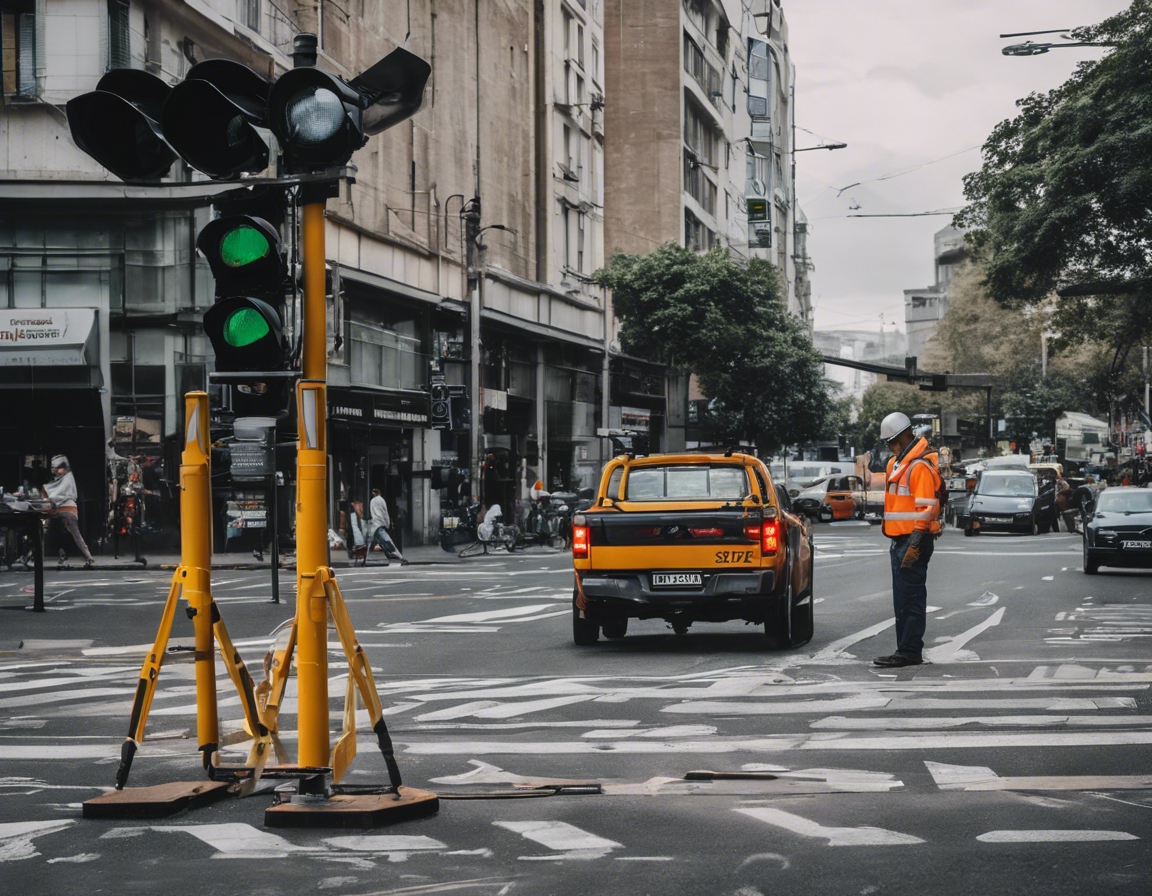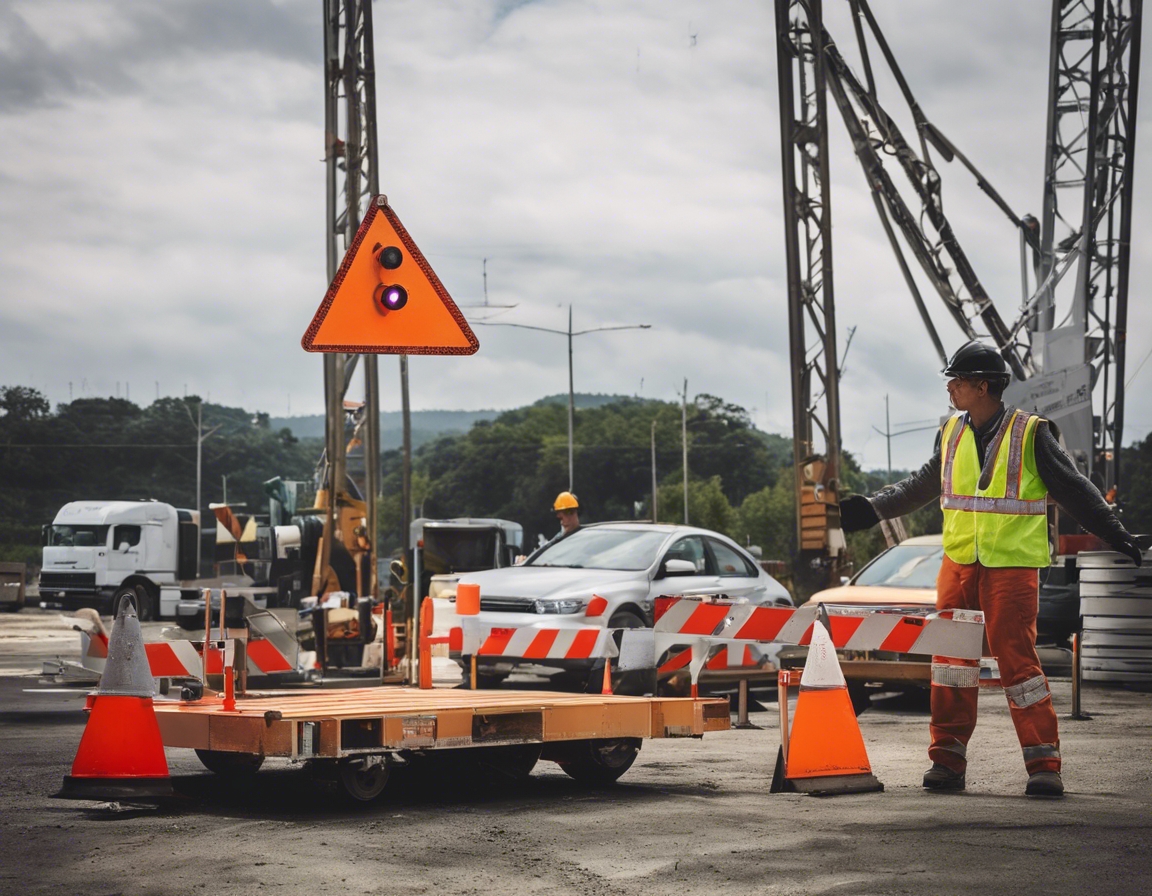5 essential traffic control solutions for your next project
Effective traffic control is a critical component of any project that intersects with public roadways or pedestrian areas. It ensures the safety of workers, drivers, and pedestrians while maintaining a smooth flow of traffic. Proper traffic management minimizes disruptions and prevents accidents, making it a top priority for any responsible organization.
Each project presents unique challenges in traffic control, from high-speed highways to urban streets and event venues. The key is to identify these challenges early and address them with tailored solutions that meet regulatory standards and promote safety.
Comprehensive Traffic Management Plans
Developing a traffic management plan begins with a thorough assessment of the project area. This includes analyzing traffic patterns, identifying potential hazards, and understanding the scope of the project. A well-crafted plan outlines the measures needed to manage traffic effectively, including detours, signage, and personnel requirements.
Once the plan is in place, the focus shifts to implementation. This involves coordinating with local authorities, securing the necessary equipment, and ensuring all staff are trained on the procedures. Effective communication and monitoring are essential to adapt to any changes or emergencies that may arise during the project.
Advanced Signage and Barricade Systems
Signage is a fundamental aspect of traffic control, providing critical information to drivers and pedestrians. From directional signs to warning messages, each type plays a role in guiding and protecting the public. Selecting the right signage for each situation is crucial for effective traffic management.
Barricades serve as physical barriers to protect work zones and divert traffic. They range from simple cones and drums to more robust barriers capable of withstanding vehicle impacts. The choice of barricade depends on the level of protection required and the conditions of the project site.
Smart Traffic Light and Signal Systems
Modern traffic control often involves smart systems that can adapt to real-time traffic conditions. These systems use sensors and algorithms to optimize traffic flow, reducing congestion and enhancing safety. They are particularly effective in dynamic environments where traffic patterns can change rapidly.
The advantages of smart traffic systems are numerous. They improve efficiency by reducing wait times at intersections, lower the risk of accidents by adjusting to traffic volumes, and can even communicate with connected vehicles to provide updates on road conditions.
Professional Flagging and Staffing Services
Flaggers are the human element of traffic control, providing hands-on management and direction. They are essential for the safety of construction zones, guiding vehicles and pedestrians around hazards. Professional flaggers are trained to maintain order and respond to emergencies, making them invaluable on any project site.
Having a team of professional traffic control personnel is not just about compliance; it's about ensuring the highest level of safety and efficiency. These experts are equipped with the knowledge and tools to implement traffic control plans effectively, adapting to the needs of the project and the public.
Temporary Road Surface Markings
Temporary road surface markings play a pivotal role in guiding traffic through construction zones. They provide visual cues that are essential for driver orientation, especially when regular markings are obscured or rerouting is necessary.
The materials used for temporary markings must be highly visible and durable enough to withstand traffic until the project's completion. Methods for applying these markings range from paint to tape and preformed thermoplastic, each with its own set of advantages for specific scenarios.






Comments (0)